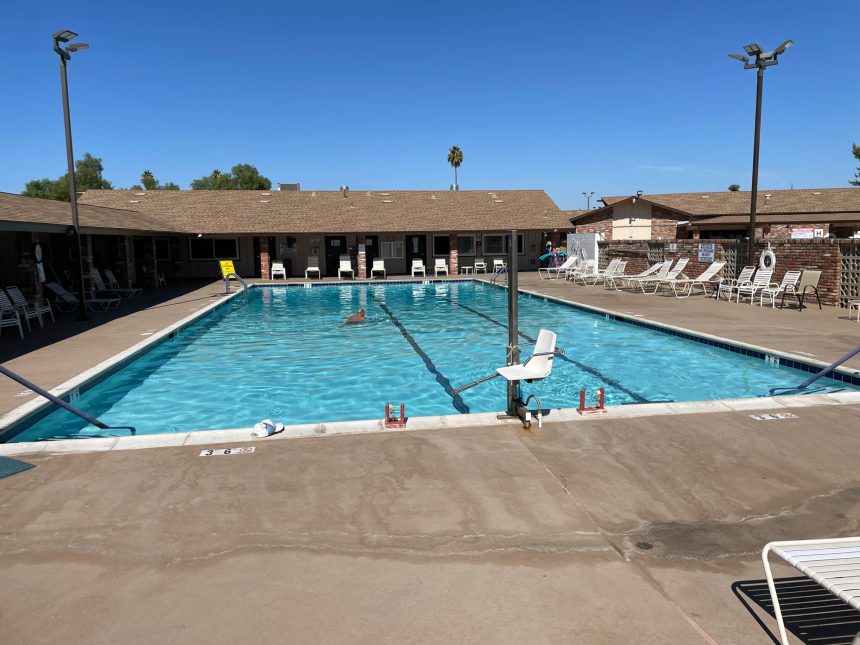Happy Birthday Menifee – The Teen Years
As Menifee celebrates 15 years of cityhood, The Progress is looking back at the roots of the fledgling city. In Part One (October 20), we explored the mining and agrarian 20th Century through the eyes of still-living, early settlers. In Part Two, we document the transition to an exurb, with the arrival of Del Webb’s Sun City in 1962 through the yearning for cityhood. And Part Three (November 3) will bring us current, with one of the fastest growing cities in California.
By Don Ray
For more than six decades, Betty Bouris’s late husband, Herk, oversaw the family’s wheat farming operation. They worked the land that they owned outright as well as land that they leased — thousands of acres in all.
The area’s hundred or so inhabitants referred to the unincorporated, rural area as “Menifee Valley” because they all lived within the boundaries of what was the Menifee Valley School District, Betty Bouris said.
Then, in about 1961, everything began to change when Del Webb started building houses for the workers who would, themselves, be building a California version of his Sun City senior living development in the Phoenix, Arizona area.
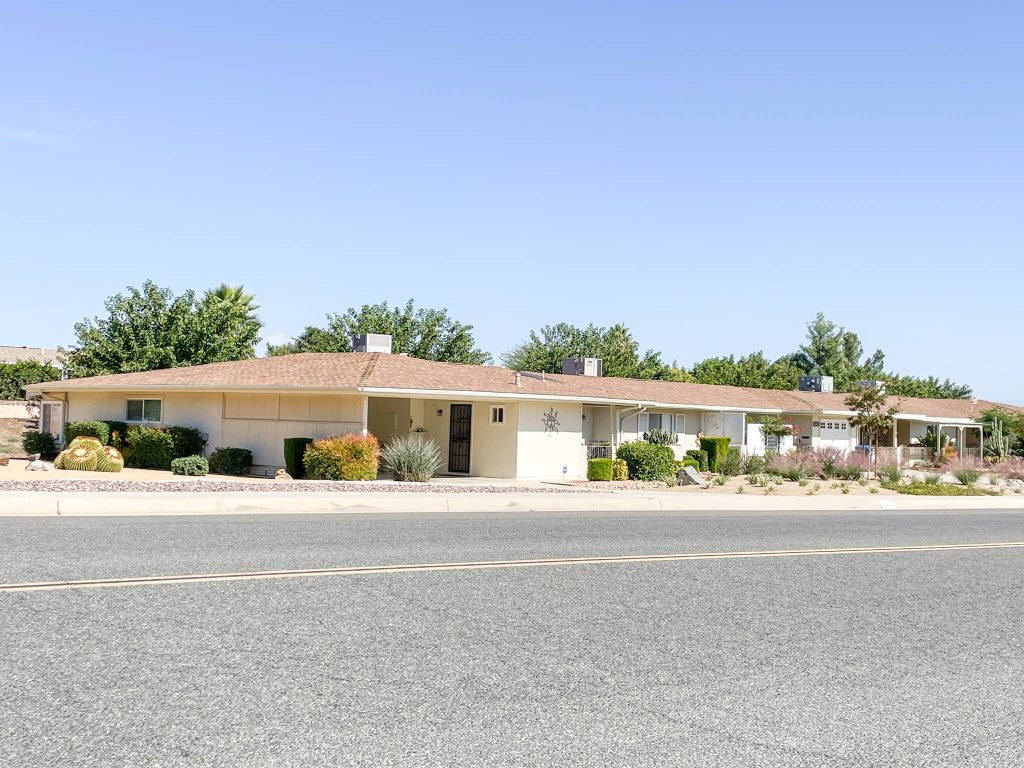
“Even though there would be seniors living there,” Betty Bouris said, “the workers’ children came into our little two-room school.” The new residents included the golf pros’ kids, the managers of the Kings Inn restaurant and hotel, and many other workers.
“The different workers there for Del Webb lived in a little community across the highway from Sun City,” she said.” And so, they all became a part of our community.”
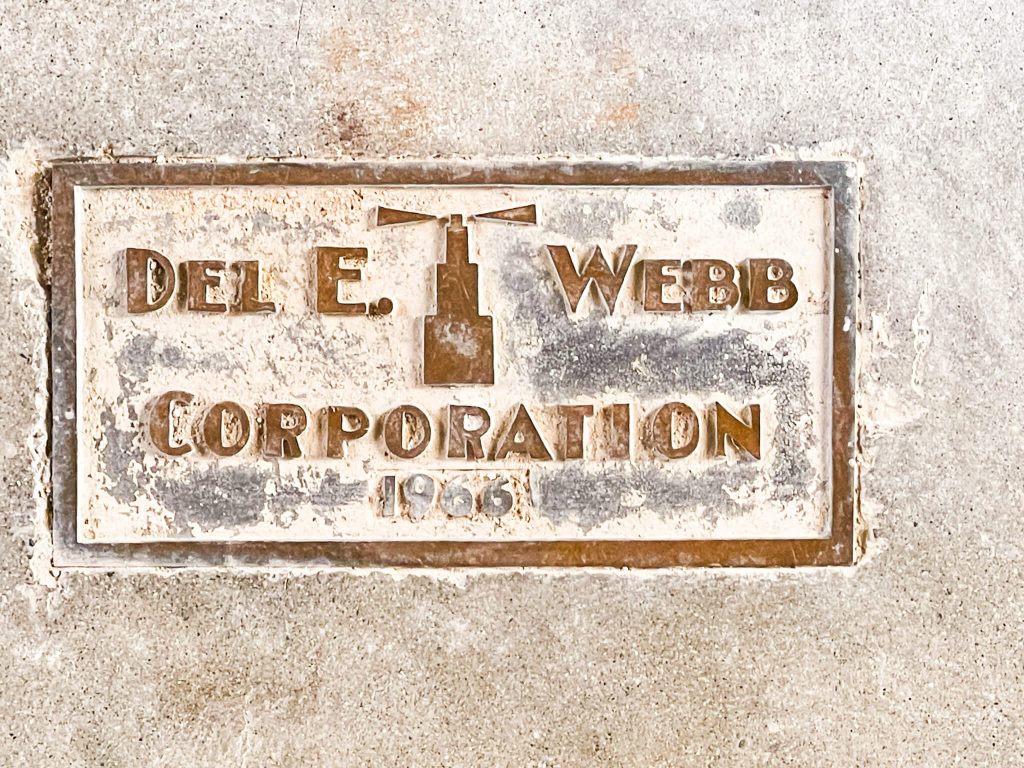
Even though there were no children living in the senior-living development, Bouris says, some of the men living there became part of the school board. The rural lifestyle began to change, she said, but she could see some positive aspects.
“It was a big change in that way. They had new ideas and they worked really hard,” she said. “They were doers, and they got a lot of things done.”
It wasn’t long before the community had a nearby hospital, a drug store, a grocery store, and other businesses.
“We didn’t have to go to Perris for groceries — everything was right there.”
Soon, she says, Del Webb’s own miscalculations would turn into good fortune for the Bouris family.
“When Del Webb came in, he bought more land than he needed —14,000 acres. He thought his retirement community would be as big as the one outside Phoenix,” Bouris said. “But it wasn’t.”
She says Del Webb decided to raise wheat on the extra land, but the manager he brought in from Bakersfield was a grape grower — he knew nothing about growing wheat.
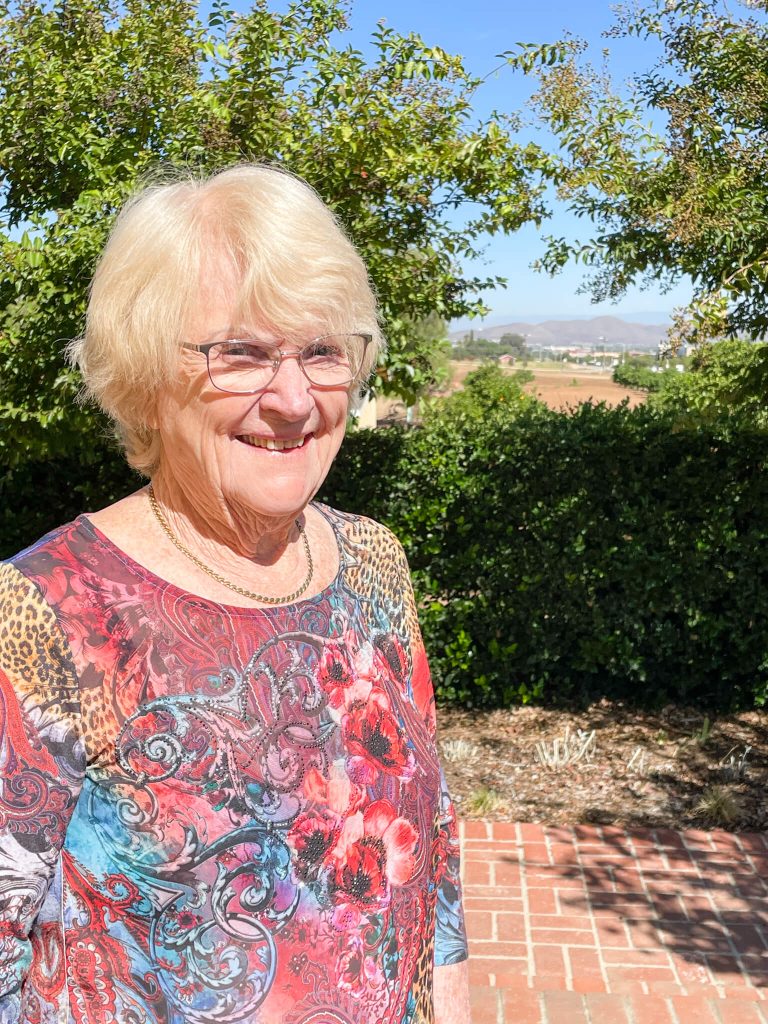
“He and my husband became very good friends, so they became partners farming those 14,000 acres.”
She says they gave Del Webb a percentage of their profits as rent.
By the 1990s, the growing population and the related businesses gobbled up more and more farmland.
The writing was on the wall — it was time to seek cityhood.
“Residents of Sun City made several failed attempts over the years to incorporate that community,” Menifee Mayor Bill Zimmerman said. “There were too many voters who feared that incorporating Sun City would result in higher taxes.”
“We had 40,000 people living here by then,” Bouris said. “Beaumont only had 9,000, and they were a city.”
Why become a city? Why not remain unincorporated?
The residents and businesses in the community required services that the County of Riverside provided. But Bouris and others in Menifee were competing with all the county for assistance with flood control, fire protection, water, street maintenance, and other essential services.
“We weren’t represented on regional boards,” she said. “And any taxes raised here could be spent in other parts of the county.”
Bouris says she became proactive by studying the requirements, attending hearings and meetings, and even becoming a member of the Local Agency Formation Commission (LAFCO), which sets the guidelines and requirements for becoming an incorporated municipality.
“We formed an organization to push for cityhood, and we had to raise $150,000 for the expenses,” Bouris said, “but we couldn’t raise it.”
Eventually, they spoke to newly elected Riverside County Supervisor Jeff Stone, and he was able to find the funding they needed.
“The county also wanted us to become a city,” Bouris said. “They didn’t have the mechanisms to govern.”
It was 1998. That’s when Darcy Kuenzi stepped in to help. At the time, she was the CEO for the Sun City Chamber of Commerce. She was able to get appointed to the county’s General Plan Advisory Committee, where she was able to learn the system. That, she said, along with her Chamber of Commerce experience, enabled her to become the campaign manager for the cityhood endeavor.
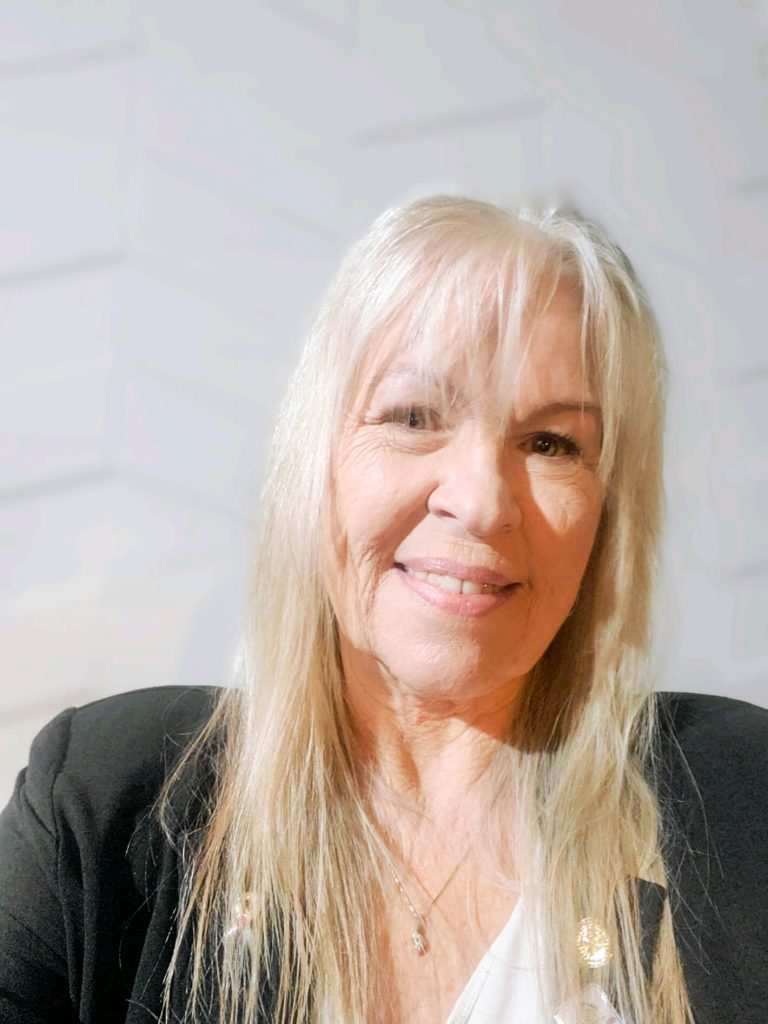
“So, we invited seniors and farmers and rural people, and moms and grandpas to be involved. And we had several starts and stops, trying to raise money,” she said, “and trying to get through the process, trying to get the information to put this application together.”
Kuenzi says she was able to get the assistance and advice of a consultant, Gary Thompson, who had been successful in helping Rancho Santa Margarita become a municipality in Orange County.
“You have to analyze, Kid,” she said Thompson told her. “Do you have the revenue? Does your community generate the revenue in sales tax, property tax, franchise fees, and things that generate money for a municipality?”
He also encouraged her to go to LAFCO meetings and learn how to prepare applications to submit to them. If they did it properly, they could put their proposal on a ballot initiative and hope the voters in the affected area could approve of their plan.
“So, our ballot initiative was in June of 2008. We had started working on it in probably 2003 or 2004.”
The voters would have to mark their ballots to determine three things: Did they want to become a city? If so, should it be named Menifee or Menifee Valley? And, if they vote to become a city, which five candidates of the 19 on the ballot should become city councilmembers?
On June 5, 2008, 61 percent of the 8,507 voters gave thumbs up to forming a new city. “Menifee” beat out “Menifee Valley by only four votes.
The five council member candidates with the most votes were Wallace W. Edgerton, Darcy Kuenzi, Frederick A Twyman III, Scott A. Mann and John Denver.
They would be at the helm of a fledgling municipality that would quickly be facing issues — many of them problems they had not imagined.
They, and their predecessors would have to decide on issues other cities don’t have to face, such as where they will do business and conduct city council meetings.
You’d think that by the city’s fifteenth birthday, there would be a permanent city hall and police station.
But no.
In Part Three of our “Happy Birthday Menifee” series, we’ll look at how the teenaged government has adapted, and what’s in store for it in the future.
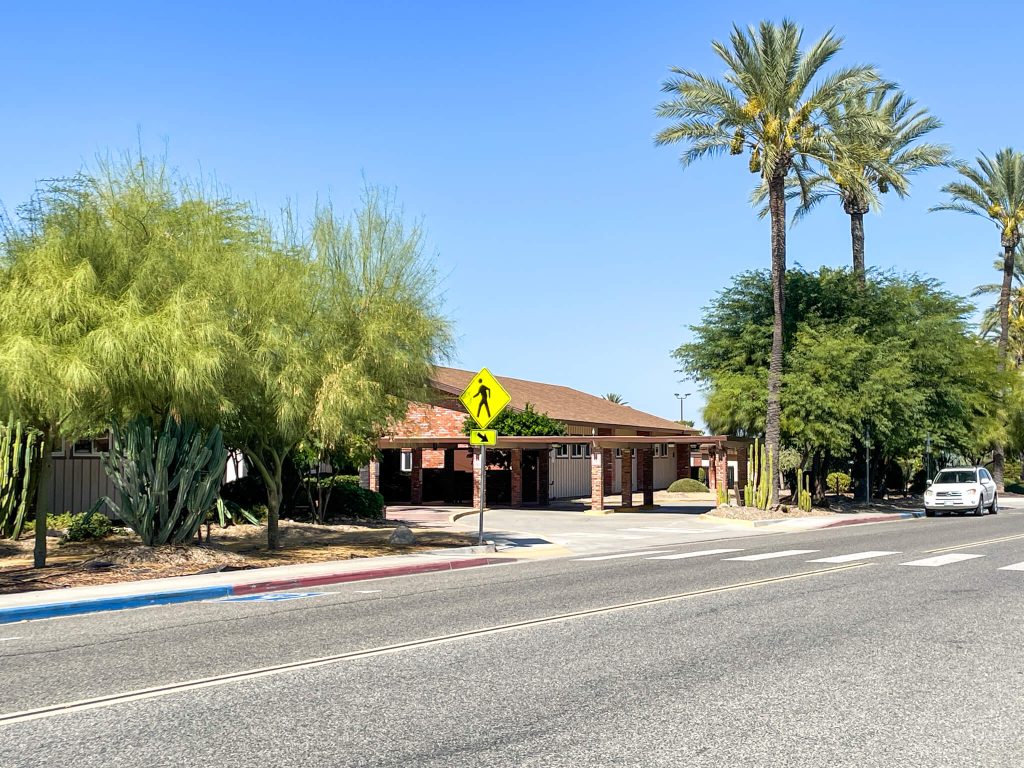
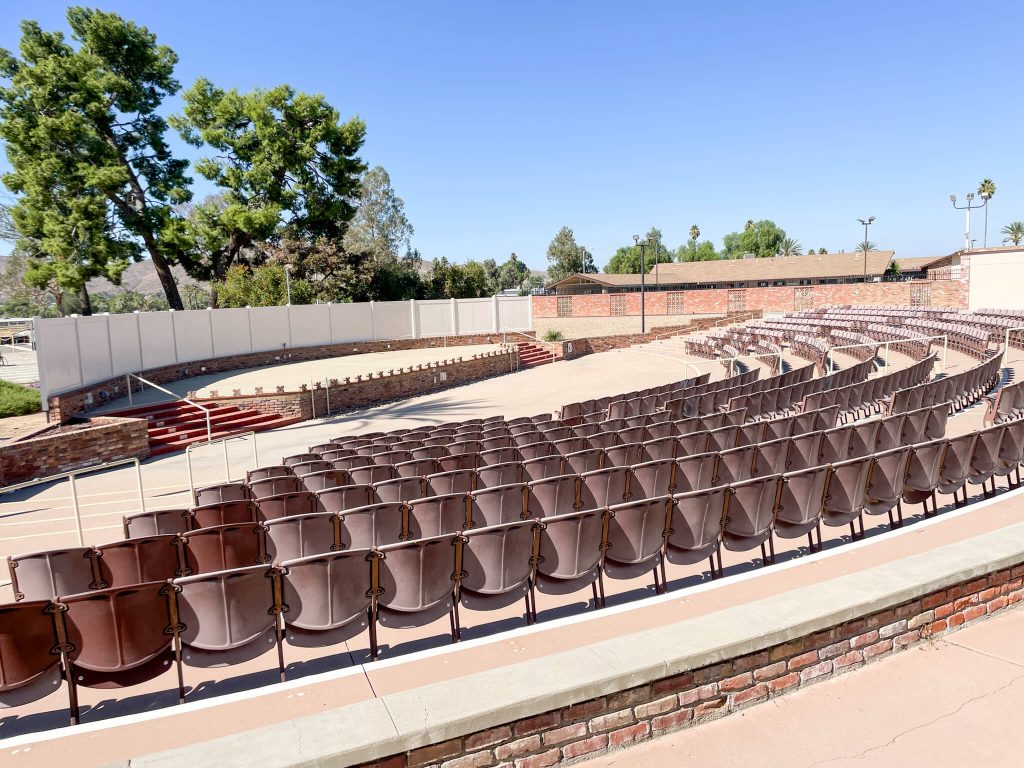
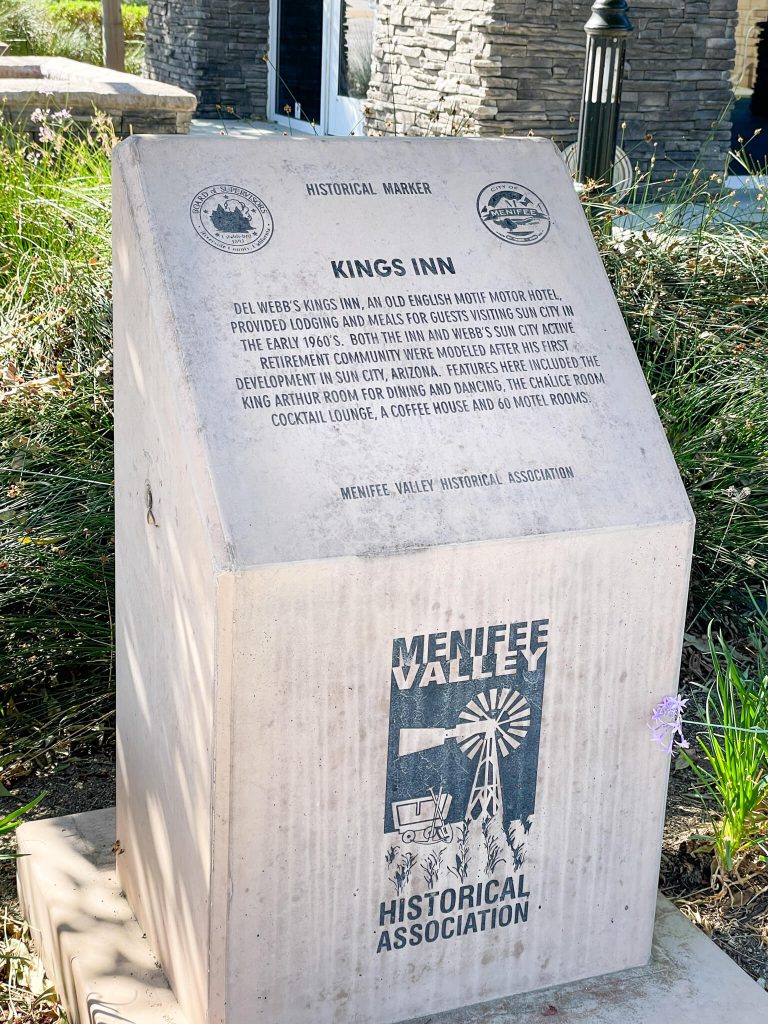
For The First Part of This 3 Part Series Click Here.


